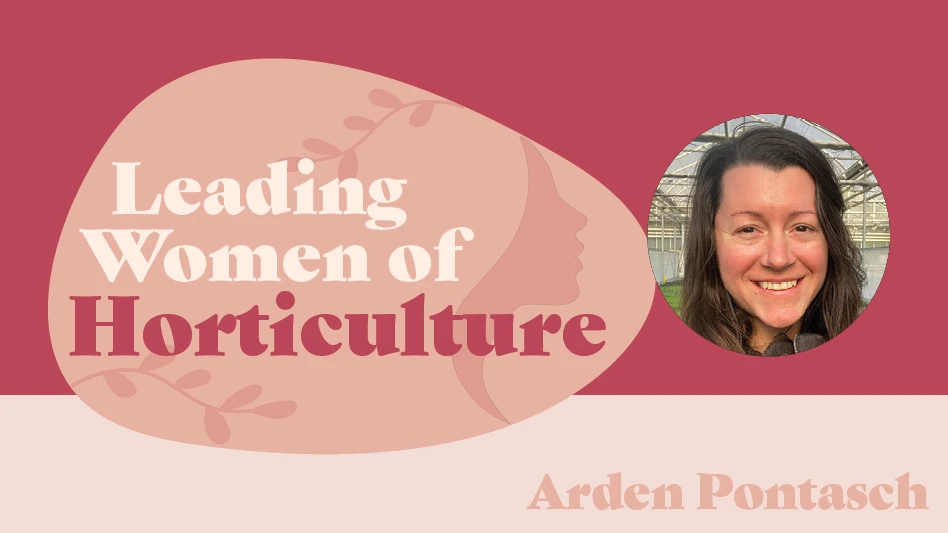
Wood-boring insects are among the most destructive pests of ornamental trees and shrubs. Most borers are the larvae (immature stages) of certain moths and beetles. They tunnel and feed under the bark in living wood, destroying tissue and causing girdling, branch dieback, structural weakness, and the decline and eventual death of susceptible plants. Infestation sites also provide entry points for plant pathogens.
Clearwing and flatheaded borers are the main types that attack woody ornamentals. The groups differ somewhat in their habits and host preferences, which can affect the approach for controlling them with insecticides. The keys to controlling these pests are to keep plants healthy and, if necessary, to treat during those times of the year when the insects are vulnerable to insecticides.
While some are attracted to a range of hosts, most attack only certain kinds of trees and shrubs. The most damaging clearwing borers are associated with dogwood, lilac, ash, oak, rhododendron, and ornamental Prunus species, including flowering peach, plums, and cherries. It is important to know when the adults of each species are active and which plants are vulnerable in order for treatment to be effective.

The guide to Clearwing borers
Appearance: Adult clearwing borers are delicate, day-flying moths that resemble small wasps. The moths feed only on nectar or not at all so they do not cause damage. The larvae are whitish, hairless caterpillars with brown heads.
Life cycle: Adult borers emerge from infested trees in the spring or summer. After mating, the females fly to a suitable host and lay eggs on the bark, often in crevices or around wounds. Hatching occurs about 10 days to 2 weeks later. The young larvae quickly tunnel beneath the bark where they feed and grow. Once inside the tree, borer larvae are no longer vulnerable to insecticide sprays and are seldom detected until serious damage has been done.
Damage and detection: Borers rarely infest healthy plants growing in their natural environments. However, when trees or shrubs are transplanted into the landscape, stresses such as drought, soil compaction, sun scald or injuries can weaken them and make them more susceptible to attack. Adults may locate suitable egg-laying sites by responding to volatile chemicals that emanate from stressed trees.
Early signs of clearwing borer infestation are wilting of terminal shoots, and branch and crown dieback. Infestation sites often are marked by cankers, calluses or cracked bark. Large limbs may die or become so weakened that they are easily broken in the wind. Established trees may persist in poor condition and be re-infested year after year.
Clearwing borers expel coarse, brown frass (sawdust-like fecal material) from cracks in the bark. In some hosts, especially Prunus species, the frass may be mixed with oozing sap or gum. When the adult moth emerges, it leaves an empty, tan shell (pupal skin) that protrudes from the bark. Feeding holes left by woodpeckers or other birds may indicate that a tree is infested.
Control: Properly-timed bark sprays with contact insecticides can prevent infestation of susceptible trees and shrubs. Pyrethroids including bifenthrin and permethrin work well. Chlorantraniliprole is an effective, bee-friendly option. Chlorpyrifos can still be used in commercial nurseries. All of those products are contact insecticides that require proper timing in order to intercept newly hatched clearwing borer as they crawl over or tunnel into the bark. The trunk and main scaffold limbs should be sprayed to runoff but the foliage need not be sprayed.
Systemic insecticides, whether applied as injections or as soil treatments, generally have not given reliable control of clearwing borers.

Explore the December 2023 Issue
Check out more from this issue and find your next story to read.
Latest from Nursery Management
- Trends: Proven Winners 2025 perennial survey shows strong demand
- Online registration opens for the 2025 Farwest Show
- Sustainabloom launches Wholesale Nickel Program to support floriculture sustainability
- Plant breeding as an art
- Society of American Florists accepting entries for 2025 Marketer of the Year Contest
- American Horticultural Society welcomes five new board members
- Get to know Christopher Brown Jr. of Lancaster Farms
- American Floral Endowment establishes Demaree Family Floriculture Advancement Fund





